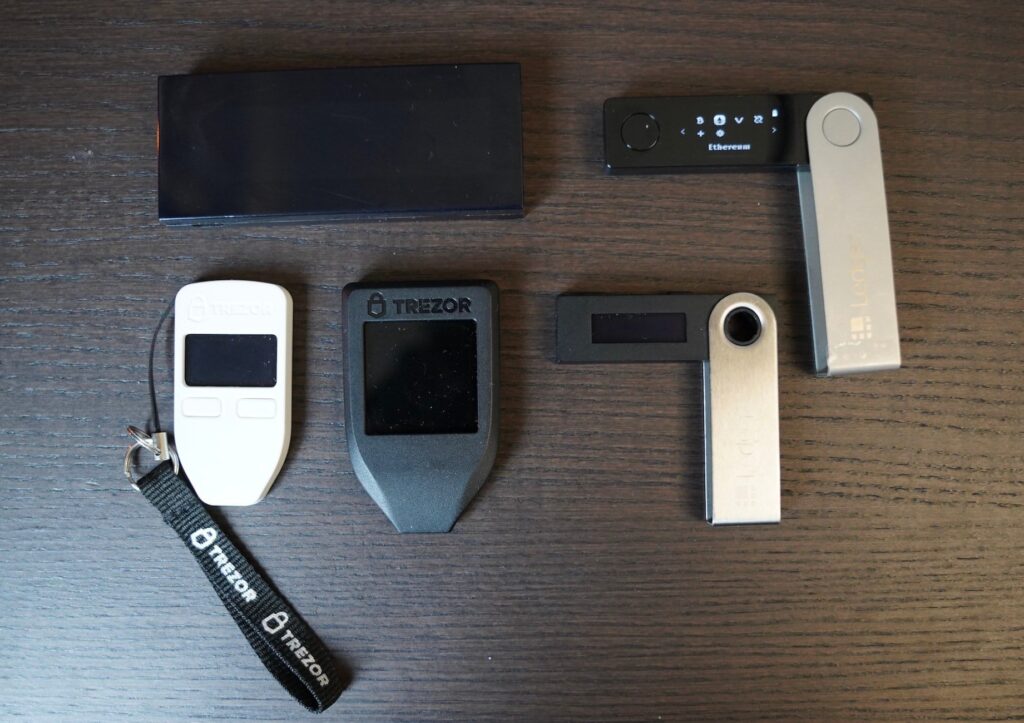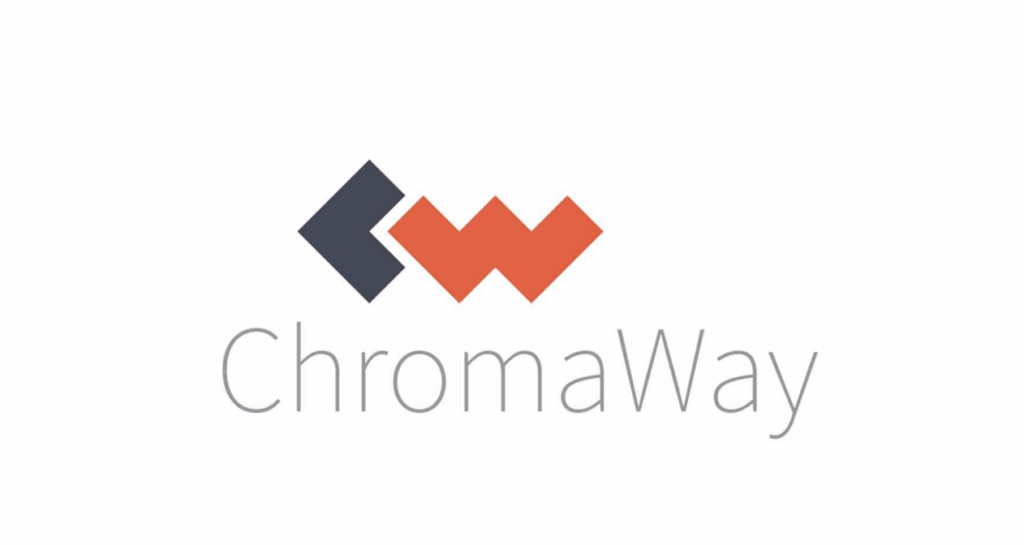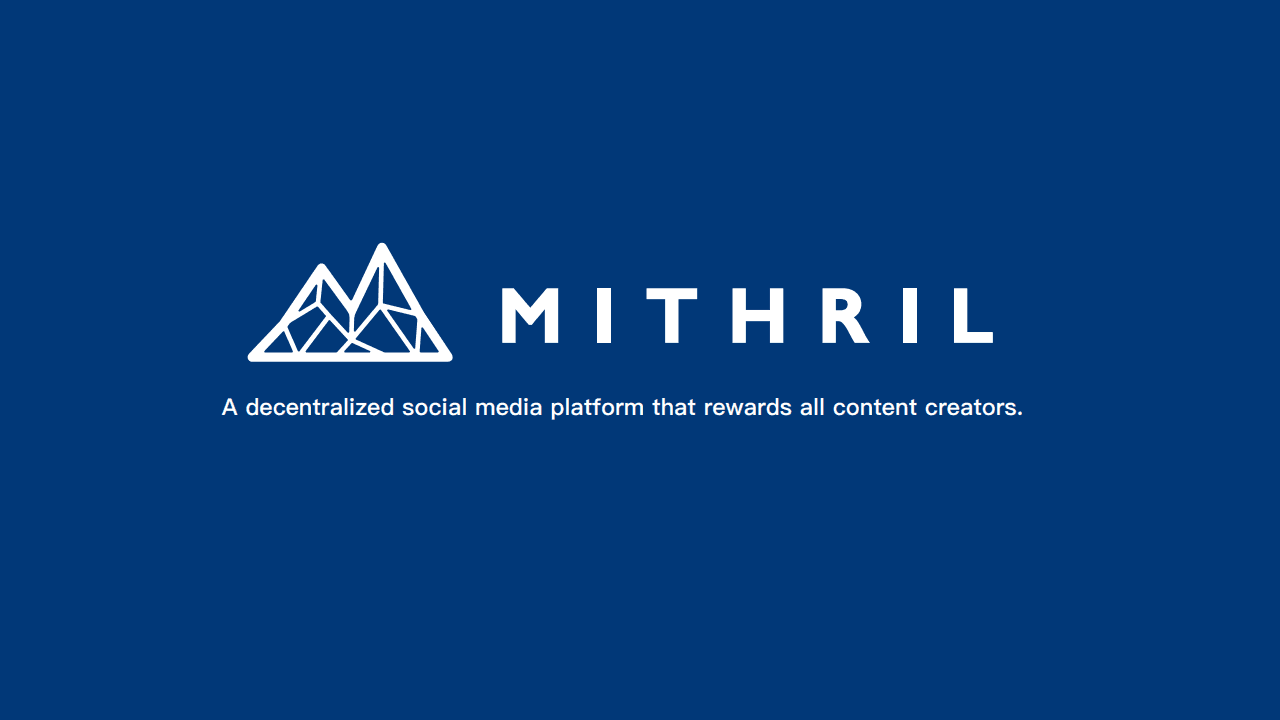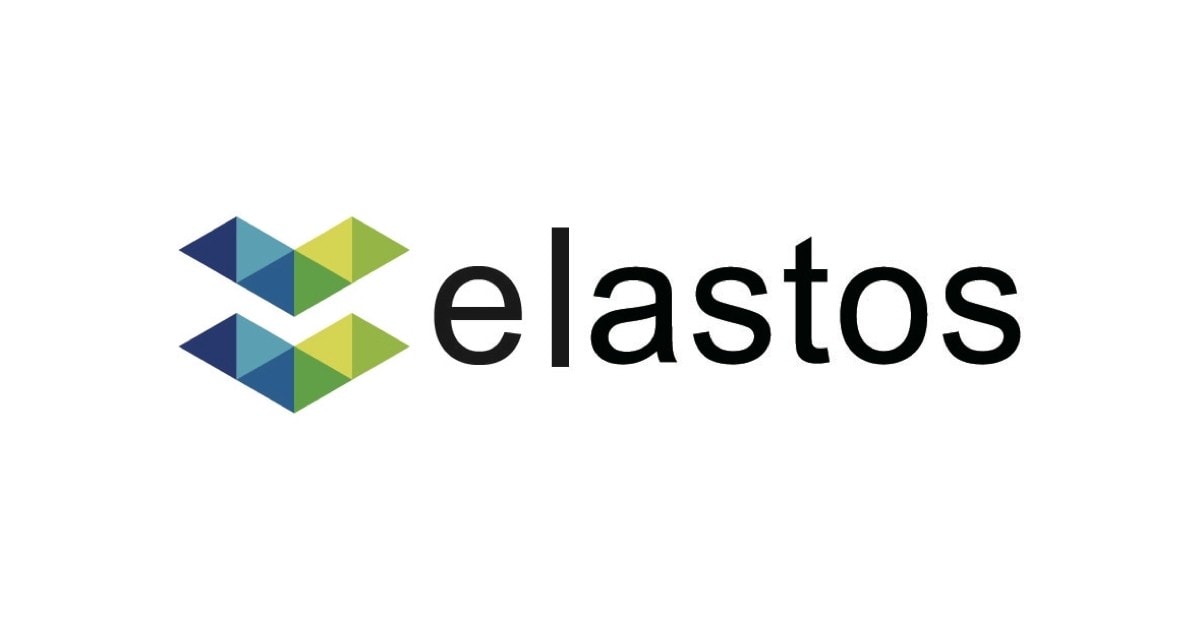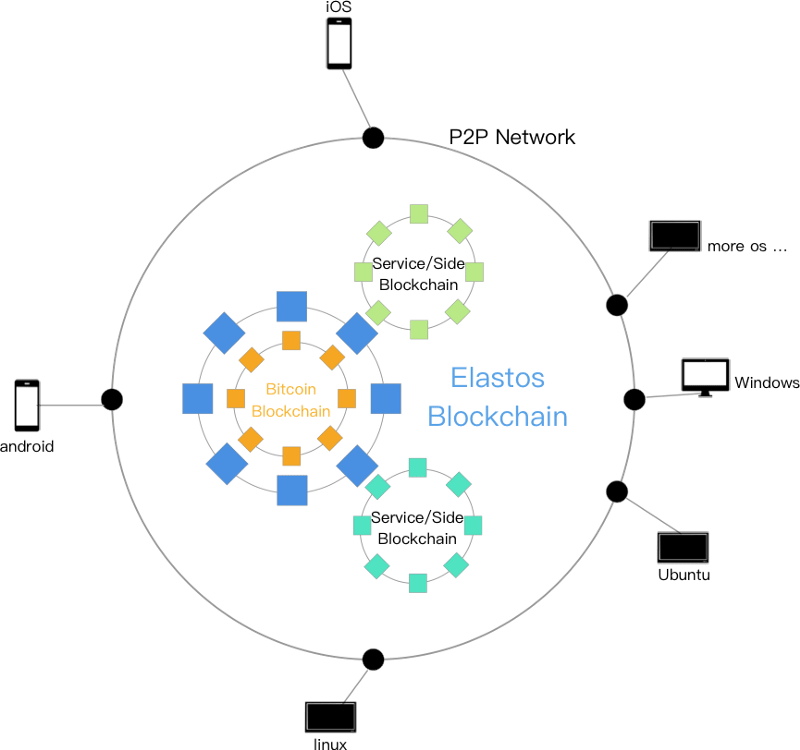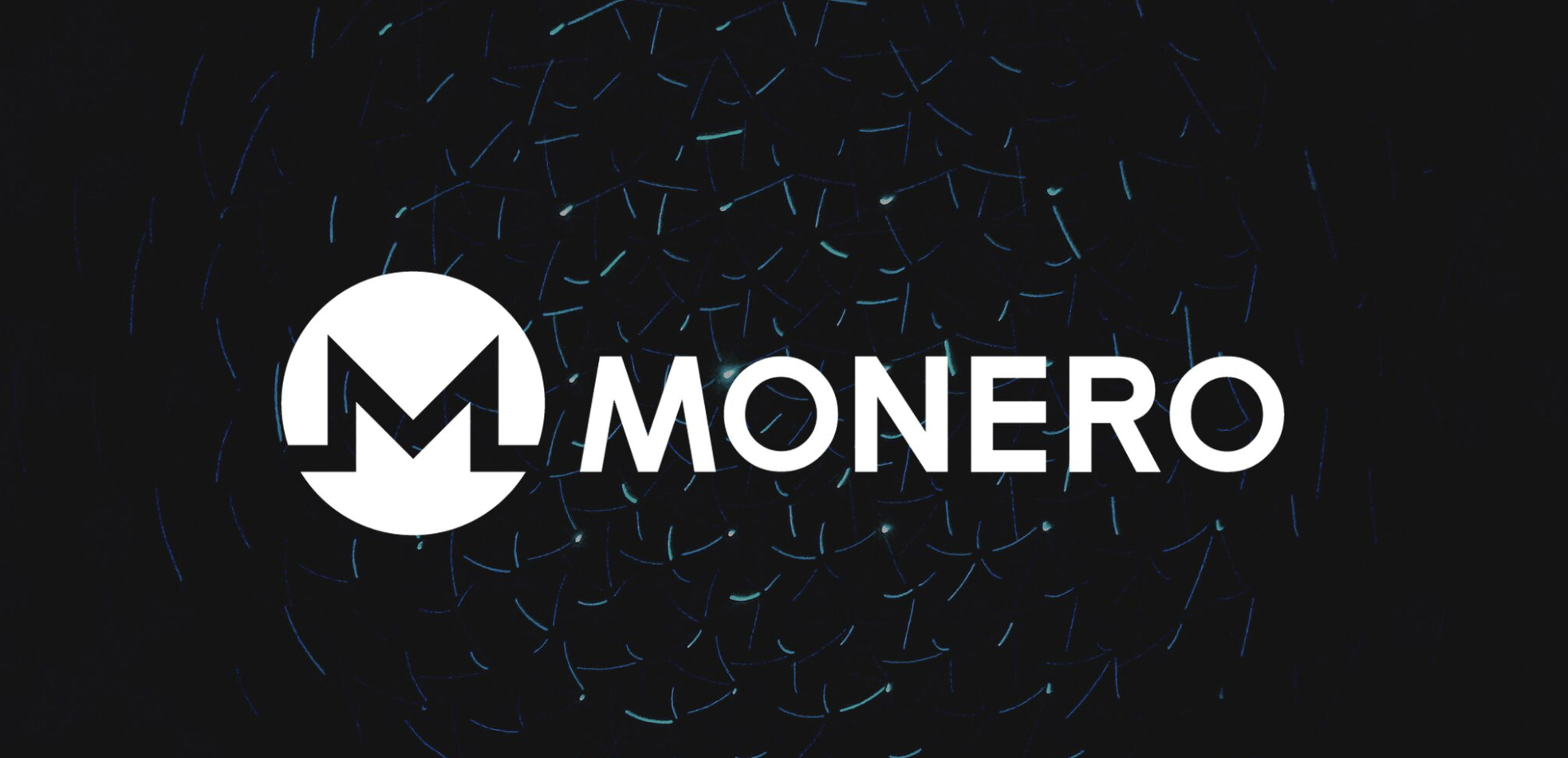Ripple – Ripple Transaction Protocol is a real-time settlement system designed to be used by banks for currency exchange, remittance and gross settlement. The idea is to replace age old systems like SWIFT – which was developed in 1972 and used by most banks today. The Ripple protocol offers significant advantages in both speed of transfer and transfer tracking. Ripple uses distributed ledger technology, similar to Bitcoin. When compared with Bitcoin, it is faster and cheaper to send on the ripple network. However, there is one significant trade-off which is its lack of decentralization. The Ripple network is closed off and cannot be joined by any user – meaning there is a significant amount of centralization.

XRP – The cryptocurrency XRP is commonly confused with the Ripple Protocol (also named Ripple) issued Ripple Labs. The XRP is an issued token that uses the Ripple network – it can be sent extremely quickly and with low fees. However, it should be noted that the XRP is not required for the network to work nor is it required for banks to use it if they choose to adopt Ripple. In fact, the xCurrent communication between banks do not use XRP.
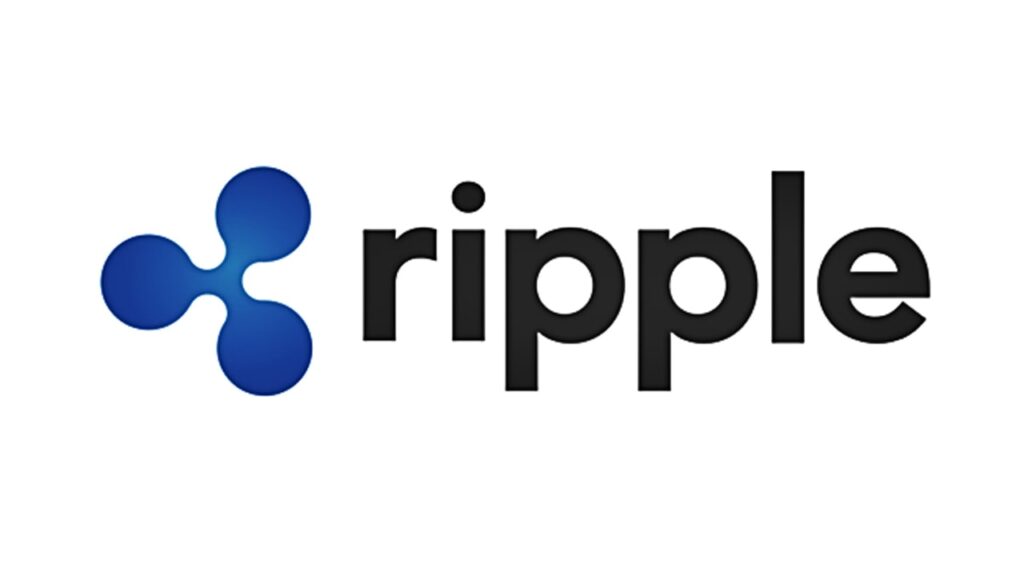
Ripple Currency (XRP) vs the Ripple Protocol
So
Ripple Protocol
So lets start off with the transaction network known as Ripple. So the Ripple protocol is based on technology that’s similar to blockchain but not completely the same. It doesn’t require any mining and its based on a consensus network instead of being consumer-facing which is what Bitcoin is. Basically, it’s for the everyday person.
Ripple is exclusively used by big institutions such as banks. The whole idea of Ripple is to allow banks to transfer any sort of asset, be it currency, USD, Euro, gold, or any other asset such as airmiles. You can transfer that between other institutions near instantaneously. This rivals systems such as swift. So if you ever bought Bitcoin with bank transfer you will know how painful that is. You have to contact your bank and send the transaction to a swift bank code account and this might take up to two to three days and theres a lot of transaction fees involved for both the sender and the receiver. Ripple is set to revolutionise this by providing near instantaneous, sub-second transactions for institutions such as banks. It’s already been adopted by quite a few big banks and
XRP – Currency of the Ripple Network (xRapid)
So now that I explained what is the Ripple transaction protocol, let’s move on to Ripple XRP. XRP is actually issued by Ripple Labs and is a form of cryptocurrency that can be traded and it’s not “mined”. So there is a finite number of ripples and that amount is actually issued by the company behind Ripple called Ripple Labs.
XRP by itself has no underlying related assets or values eg. Its not tied to USD or gold. Rather, it can be used to act as an intermediate currency in institutions. It has one huge advantage in that transaction costs are very, very low (unlike Bitcoin, which is now reaching 1.5 usd in transaction fees).
xCurrent doesn’t use XRP
Ripple Labs have developed two different technologies aimed at solving the transfer of value between nations.

Is the XRP Centralized
XRP transactions can be confirmed very quickly because of the small number of validator nodes on the network. The XRP network is not open consensus, so only a small number of validators (~30 validators) need to communicate a transaction before it is considered “confirmed”. Proponents of XRP praise it for sub 1 second confirmation times whilst opponents point to the centralized architecture and lack of censorship-resistance. XRP transactions can be reversed and accounts can be frozen – similar to how traditional bank accounts my be frozen.
Concerns about Ripple
So moving on, XRP is currently only issued out at less than 40% of its total. The remaining amount (minus the 20% retained by the creators of Ripple) is held by Ripple Labs to distribute whenever and however they so wish. This is actually kind of interesting because unlike a lot of decentralized currencies, Ripple Labs plays a huge part in distributing XRP. Ripple Labs is actually a company and this is very different from Bitcoin, where Bitcoin is fully decentralized and doesn’t have a central controlling authority. Ripple Labs is registered in many countries and it could be sued and held under police custody. This is again very different from other technologies.
So that’s a little information regarding the Ripple protocol and XRP. I’m sure this may be a little bit confusing for some people and since the technology and the currency share the same name it could be misunderstood. I hope this clarifies a little for you about what Ripple protocol is and what XRP is.
You can buy Ripple (XRP) on Binance – https://www.binance.com/


